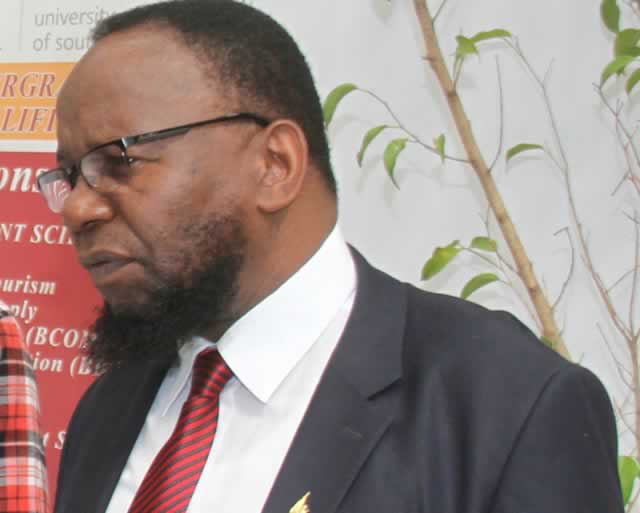Editorial Comment: Find alternative funding to build schools

The pace of infrastructural development in the primary and secondary education sub-sector has failed to keep pace with demand.
There has been slow investment since 2000 because of limited resources in a struggling economy and the sanctions which caused some development partners that traditionally helped, to halt their support. Another point to note is that the land redistribution programme opened up an entirely new world that needs new schools.
Therefore, there are many areas that need new schools but cannot have them because of these factors. In others where there are schools, they must be expanded so that they cater for a rising number of pupils.
The government estimates that the country needs 2,056 more schools for every pupil to have an institution of learning within a reasonable distance from his or her home, not the 20 kilometres some have to walk to reach their nearest school in Bulilima and other rural areas.
Now the government has a plan to meet the infrastructural deficit in the sub-sector. It is not a new one per se, but a centralisation of an old one that was school-specific.
From this year parents and guardians will pay a $2 building levy per term per child attending primary school and $5 per term per child at secondary school.
The government expects to raise around $30 million per term from the initiative.
Parents and guardians will certainly have no problems paying the levy as they were already paying it directly to their schools for local development. The difference now is that the fund is being centralised.
Primary and Secondary Education Deputy Minister Professor Paul Mavhima said:
“All what the ministry is doing is to address the shortage of schools around the country. The money will be channelled towards servicing of bonds which will be issued after getting an approval from Cabinet.”
It is an innovative strategy to plug the clear demand for classrooms, laboratories, teachers’ houses and so on at our schools across the country. Lack of or inadequate infrastructure is indeed a big factor in poor pass rates in public examinations being recorded in many rural schools. A pupil who does Chemistry at Form Four at a school in Uzumba that does not have a laboratory to conduct experiments to confirm theoretical aspects learnt is unlikely to perform at the level of his or her counterpart at a school in Harare or Bulawayo which has a fully equipped laboratory.
In the same vein, a pupil who learns under a tree in Binga, sitting on the ground and writing in a book on her lap is unlikely to perform as well as his or her counterpart who has his own desk and chair in a classroom at an urban school. Also, a teacher who lives in a pole and dagga hut in a remote school generally does not have as much drive to teach as his colleague who lives comfortably in a three- bedroomed house at a school at a growth point.
Therefore, the need for new and expanded school infrastructure cannot be overemphasized. But the government lacks money to build it to meet immediate demand, so just decided to centralise existing collections into a national fund. With the fund in place, the government will systematically plan and prioritise its use for more uniform and faster development of schools countrywide.
Seeing that parents are already paying building funds, albeit at different amounts depending on school, the National Association of School Development Associations and Committees wants clarification on how parents will pay the levy once. We don’t see a challenge there. In discussing the levies at their meetings, school development committees should find it easy to order the local payments to be immediately discontinued so that they are channelled, instead, to central government.
In his budget statement last year, Finance and Economic Development Minister Patrick Chinamasa said this year, the government, in addition to its budget commitment, will float an infrastructure bond to raise money to build classroom blocks, laboratories, and libraries, sporting facilities, hostels and staff accommodation. The bond, he said, will be underwritten by school development association levies.
He estimated that with 3,2 million children in primary and secondary schools countrywide, the levy can raise around $30 million per term to service the bonds. This means about $90 million would be raised annually, a substantial sum of money that can build many schools.
Early last month, Primary and Secondary Education Minister, Lazarus Dokora, visited Lupane Government Primary School that is being built at a cost of $1 million by a Chinese contractor in Matabeleland North. Using this sum as a basis for extrapolation, the country would be able to build up to 90 schools per year.
But to illustrate the enormity of the challenge we face in terms of building new schools at the rate of 90 per year, we will need 23 years to meet demand, assuming it does not increase. The levy will help, yes, but alternative funding options must still be developed.
The government will try to build other schools under tight budget financing and development partners and churches will do the same as and when they like.










Comments